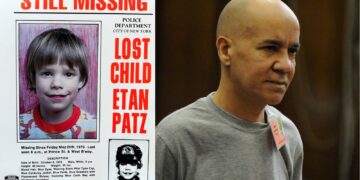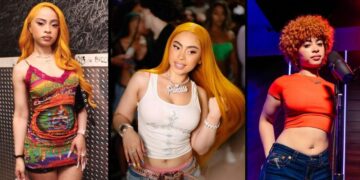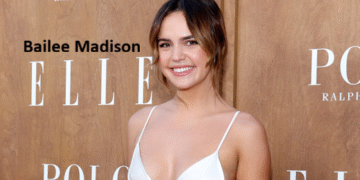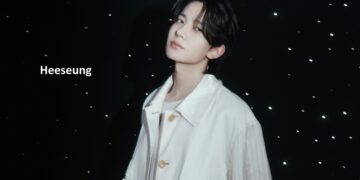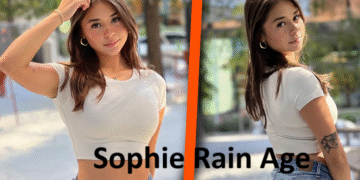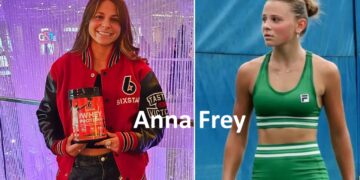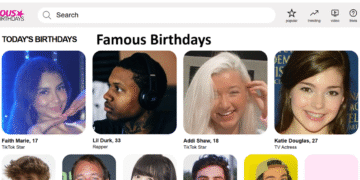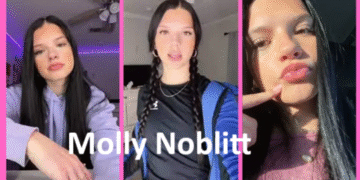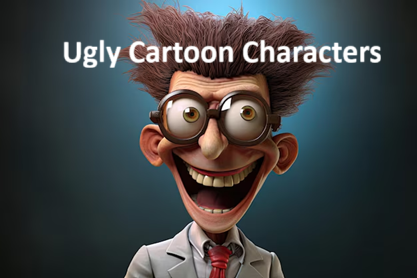Ugly Cartoon Characters have always been about exaggeration — big eyes, long noses, loud voices, and wild personalities. But among the beautiful princesses and heroic figures, there’s another side of animation that often steals the show — the ugly cartoon characters. These imperfectly perfect figures may not fit society’s definition of beauty, but they bring laughter, relatability, and heart to our screens. From SpongeBob’s goofy grin to Shrek’s green grin, “Ugly Cartoon Characters” has never looked so good.
In this article, we’ll dive deep into what makes these characters so appealing, highlight some of the most famously “Ugly Cartoon Characters” faces in cartoon history, and explore why audiences love them more than ever.
The Rise of the Ugly Cartoon Character
If you rewind to the early days of animation, most cartoon characters were designed to be appealing — think of Mickey Mouse’s symmetrical face, Betty Boop’s wide eyes, or Bugs Bunny’s confident grin. But as animation evolved, so did our appreciation for imperfection.
Animators started realizing that not every character needs to be cute or handsome to capture the audience’s heart. In fact, sometimes, it’s the oddballs and weirdos who leave the strongest impression. Characters like Ren and Stimpy or Courage the Cowardly Dog broke the mold with their deliberately grotesque designs. They were strange, wrinkly, asymmetrical — and yet, they became cult classics.
Part of the reason for this shift was storytelling. “Ugly Cartoon Characters often represented real emotions and flawed humanity. They weren’t airbrushed or idealized; they were raw, messy, and more authentic. And in a world filled with filters and perfection, audiences found that refreshing.
Today, ugly cartoon characters have become a genre of their own. They’re loved not despite their ugliness, but because of it. Their designs reflect a kind of freedom — the ability to be funny, flawed, and unapologetically themselves.
What Makes a Cartoon Character “Ugly”?
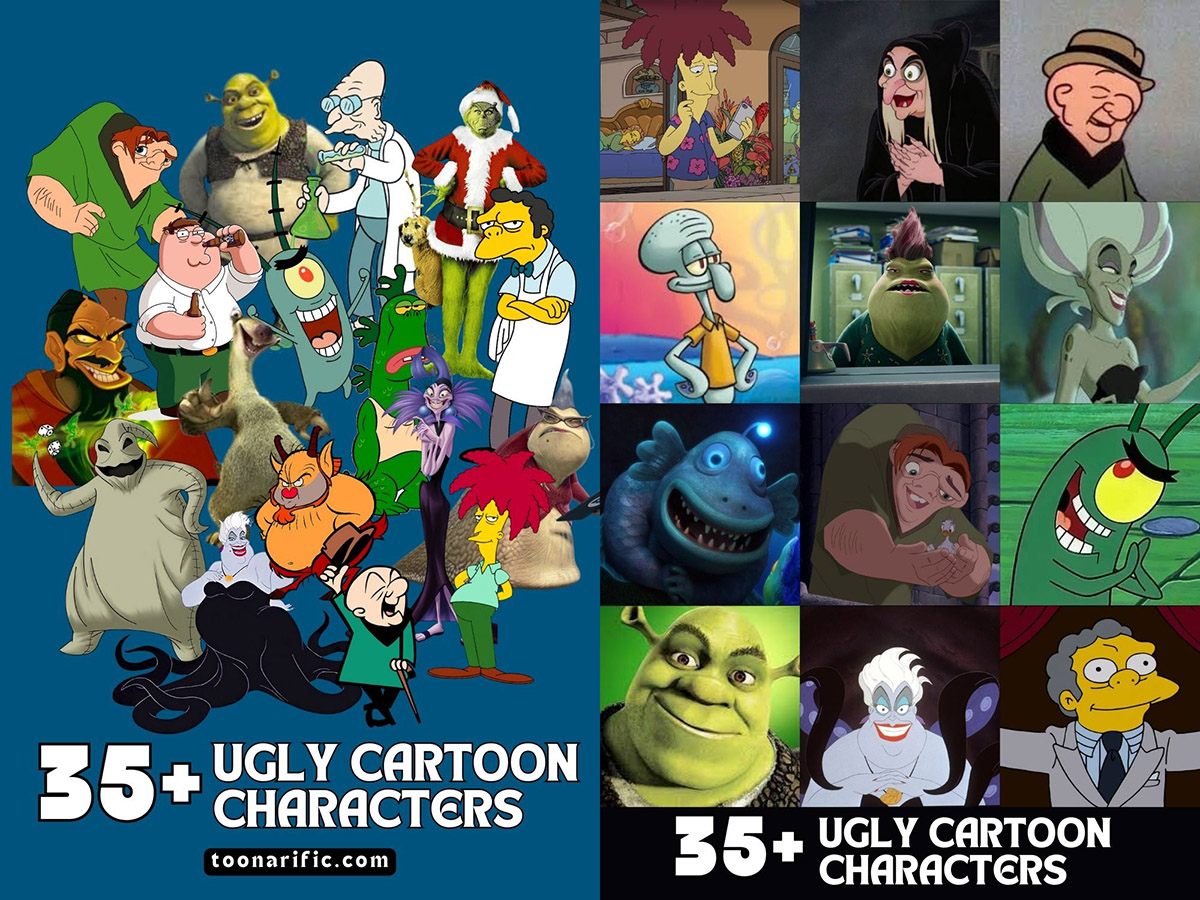
Before we go further, let’s define what we actually mean by “Ugly Cartoon Characters.” In animation, ugliness doesn’t necessarily mean unattractive in a negative sense. It’s more about exaggeration and visual chaos — odd proportions, awkward movements, or features that break the typical aesthetic mold.
For example, take Squidward Tentacles from SpongeBob SquarePants. His long nose, droopy eyes, and permanent frown might not win him any beauty contests, but his look is an essential part of his personality. His design tells us everything we need to know — he’s tired, sarcastic, and constantly unimpressed. That’s effective character design, even if it’s not “pretty.”
Ugly cartoon characters also tend to stand out because they’re visually memorable. Think of Shrek’s swampy green skin, Ed from Ed, Edd n Eddy with his lopsided jaw, or Ren’s unsettlingly detailed face. These designs burn into our memory because they break the rules.
Another element is personality-driven ugliness. Some characters are physically plain but become “Ugly Cartoon Characters” through behavior — selfishness, weirdness, or bad hygiene, for instance. The beauty of animation is that it allows artists to exaggerate those traits until they become visual metaphors. In that way, ugliness becomes a storytelling tool rather than an insult.
Why We Love Ugly Cartoon Characters
There’s a strange kind of affection people feel toward these offbeat characters. Maybe it’s because they remind us that it’s okay not to be perfect. In a way, ugly cartoon characters represent our own insecurities — but they do it with humor and heart.
Characters like Shrek, for example, flipped the entire fairytale trope on its head. Instead of the handsome prince saving the day, we got a grumpy green ogre who preferred mud baths to candlelit dinners. Yet, Shrek became one of the most beloved characters in animation history. Why? Because his imperfections made him real. We saw ourselves in his awkwardness and vulnerability.
Another reason we love these characters is because they often bring the biggest laughs. Funny-looking characters naturally lend themselves to slapstick and absurd comedy. Think of Patrick Star’s dim-witted grin or Beavis and Butt-Head’s grotesque smirks — their very appearance sets the tone for humor.
And finally, there’s the underdog effect. Ugly cartoon characters often face rejection, misunderstanding, or mockery in their worlds, which makes us root for them even harder. When they succeed — whether it’s finding love, friendship, or self-acceptance — it feels like a victory for all of us who’ve ever felt out of place.
The Most Iconic Ugly Cartoon Characters Ever
Let’s take a look at some of the most memorable ugly cartoon characters who turned weirdness into an art form.
Shrek (Shrek Franchise)
Shrek is the king of lovable ugliness. With his big green ears, lumpy face, and Scottish accent, he’s hardly the image of a classic hero. But that’s exactly what makes him special. He taught millions that being different doesn’t mean being unworthy. His confidence, humor, and emotional depth made him not just funny but inspiring.
Courage the Cowardly Dog
Few characters balance ugliness and adorableness like Courage. His pink, misshapen body and bulging eyes might make him look strange, but his courage (ironically) and loyalty make him unforgettable. The show’s eerie art style enhanced his weirdness — and made his bravery even more touching.
Ren and Stimpy
If you’ve ever seen The Ren & Stimpy Show, you know these two practically defined the term “ugly cartoon characters.” Their grotesque close-ups, uneven eyes, and unpredictable behavior were both disgusting and mesmerizing. They were chaotic, gross, and hilarious — a perfect reflection of 90s animation rebellion.
Squidward Tentacles
Squidward’s design is intentionally awkward — too long, too droopy, and too human for comfort. But that’s why he works. His cynical personality fits perfectly with his tired, wrinkled appearance. He’s the relatable pessimist we all secretly understand.
Ed (Ed, Edd n Eddy)
The trio from Ed, Edd n Eddy are walking chaos. Their designs — stretched limbs, uneven outlines, and crooked teeth — scream “Ugly Cartoon Characters” in the best possible way. Yet, they’re bursting with personality. Their look fits their bizarre schemes and slapstick adventures perfectly.
These characters prove that ugliness doesn’t limit creativity — it drives it. Each one became iconic because they dared to be different.
The Psychology Behind the Appeal
So, why are people so drawn to ugly cartoon characters, especially in a world obsessed with beauty filters and aesthetic perfection? The answer lies in relatability and emotional truth.
When we see a character who isn’t perfect, we subconsciously feel more comfortable. There’s no pressure to compare ourselves. Instead, we focus on their story, their humor, and their emotions. That creates a deeper emotional bond than a flawless face ever could.
There’s also a psychological phenomenon known as the “uncanny gap.” When a design is too perfect, it can feel lifeless or fake. Imperfection, on the other hand, adds charm and believability. The uneven lines, odd shapes, and quirks make the character feel alive.
Ultimately, these characters remind us that beauty isn’t the goal — authenticity is. Whether it’s through humor, struggle, or self-acceptance, ugly cartoon characters connect with audiences on a human level that polished designs rarely achieve.
The Future of Ugly in Animation
As modern animation continues to evolve, the trend toward embracing imperfection isn’t slowing down. Shows like Rick and Morty, BoJack Horseman, and Big Mouth feature characters that are visually awkward, messy, and far from traditionally attractive — yet, they dominate pop culture.
This shift reflects a broader cultural movement toward authenticity and self-expression. The more we value individuality, the more we appreciate designs that reject perfection. “Ugly Cartoon Characters” has become a statement — a celebration of weirdness, creativity, and honesty.
It’s safe to say that ugly cartoon characters are here to stay. They remind us that animation isn’t about ideal beauty — it’s about storytelling, personality, and heart. And sometimes, the ugliest characters have the most beautiful stories to tell.
Final Thoughts: Ugly Is the New Beautiful
In the world of animation, beauty may catch your eye, but it’s ugliness that captures your heart. Ugly cartoon characters prove that design is about more than symmetry and smooth lines — it’s about soul.
They make us laugh, think, and feel. They show us that imperfection isn’t something to hide — it’s something to celebrate. Whether it’s a green ogre, a pink dog, or a cranky squid, these characters remind us that being “Ugly Cartoon Characters” is often the most beautiful thing of all.








